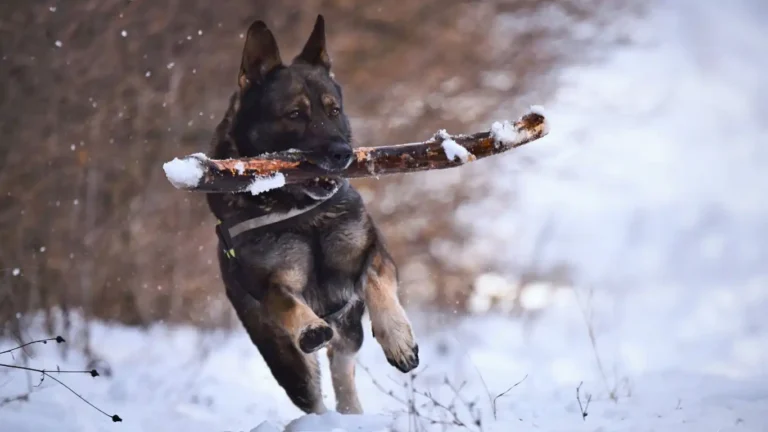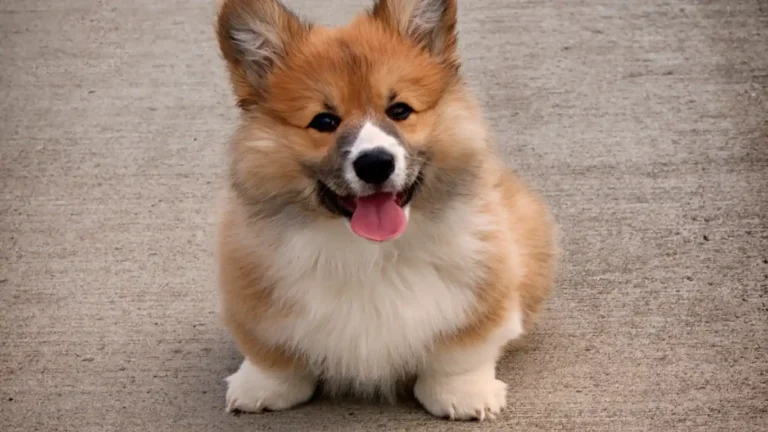How to Create a Daily Exercise Routine for a Dog: Boost Energy & Health
If you’re wondering how to create a daily exercise routine for a dog, you’re not alone—this is one of the most common questions I get as a Veterinary Technician with a focus on nutrition and wellness. Trust me, there’s no one-size-fits-all solution here. Just like us humans, every pup has their own vibe, energy level, and health profile. Over the years, I’ve worked with countless pet parents trying to figure out that sweet spot of activity for their dog—and believe me, it’s so worth the effort. Not only does regular exercise help with weight management (especially when paired with the right diet), but it also boosts mood, supports joint health, and honestly, it just makes for a happier, more balanced pup.
Why a Daily Routine Matters

Let’s talk about the importance of structure. Dogs are creatures of habit. They thrive when they know what to expect. A daily exercise routine gives them mental stability, physical health benefits, and an outlet for natural instincts like sniffing, chasing, and exploring. Plus, it helps to prevent some of those pesky behavior issues like chewing, digging, or nonstop barking that often stem from boredom or pent-up energy.
From my clinical experience, especially working with dogs dealing with obesity or anxiety, I’ve seen firsthand how just adding 20–30 minutes of structured activity can lead to major improvements in overall wellbeing. The transformation is honestly incredible—less stress, better sleep, shinier coats, and even improved digestion.
Understanding Your Dog’s Individual Needs

Before jumping into creating a routine, the first thing I always ask is: what kind of dog do you have? Because the needs of a couch-loving English Bulldog are a world away from those of a high-octane Border Collie. Breed, age, weight, medical history, and personality all play a huge role in tailoring the right plan.
Consider These Factors:
- Breed tendencies: Herding and working breeds usually need more intense activity.
- Age: Puppies need short bursts of play and learning. Seniors need gentle movement to stay limber.
- Medical conditions: Dogs with arthritis, hip dysplasia, or heart issues may need specialized routines—definitely consult your vet first.
- Weight and diet: Overweight dogs should start slow. I’ve seen many dogs safely shed pounds just by building up walks gradually and tweaking their food intake.
I’ll never forget this sweet Labrador I worked with—Max. He was about 30 pounds overweight and barely had the energy to walk around the block. We paired up his nutritional plan with a carefully ramped-up walking schedule and gentle play. Six months later? He was trotting like a champ, tail wagging non-stop, and his joints were thanking him for it.
Starting Slow: The Golden Rule
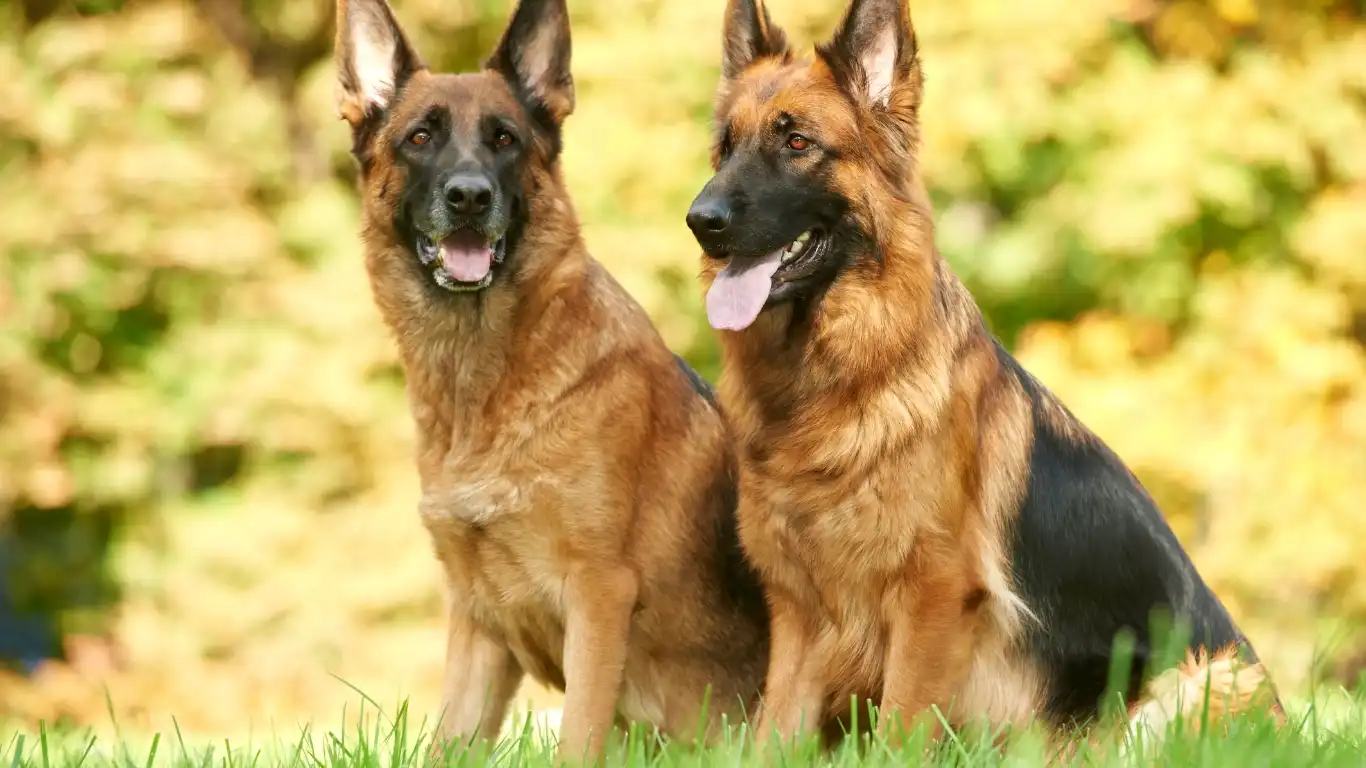
One of the biggest mistakes I see people make when figuring out how to create a daily exercise routine for a dog is doing too much too soon. It’s easy to get overexcited and try to jump into long hikes or hour-long runs. But honestly? That can do more harm than good. Muscle soreness, paw pad injuries, or even heat exhaustion can happen fast—especially if your dog isn’t conditioned for it yet.
Here’s a Simple Week-One Example:
- Start with two 10- to 15-minute walks per day—one in the morning and one in the evening.
- Incorporate 5 minutes of free play or fetch in the backyard if your dog is up for it.
- Monitor energy levels afterward—if they seem wiped out, scale it back. If they’re still bouncing off the walls, you may need to step it up a notch.
And remember: movement doesn’t have to mean just walking. Think puzzle toys, treat scavenger hunts, gentle tug-of-war, or even canine enrichment games that engage both body and mind. Some of my senior dog clients actually do better with mental stimulation than high-energy romps—it tires them out just as much and keeps cognitive decline at bay.
Morning vs. Evening: When’s the Best Time?
This is something I get asked all the time—should I walk my dog in the morning or at night? The short answer is: whichever time fits best into your lifestyle and your dog’s energy cycles. Some dogs are raring to go at sunrise. Others prefer a stroll after dinner. Personally, I’m a fan of morning walks. It sets the tone for the whole day, helps burn off that morning zoomie energy, and prevents a lot of anxious pacing or destructive behavior while you’re at work.
But there are benefits to evening walks too. They help dogs wind down, provide one last potty break, and give you some quality bonding time after a busy day. I’ve worked with pet parents who do a split routine—shorter session in the AM, longer one in the PM—which works beautifully for a lot of breeds.
Still not sure when your dog is most active? Watch them for a few days. You’ll start to see a pattern—those wiggles and tail wags don’t lie.
Mixing It Up: Variety Keeps Things Fun
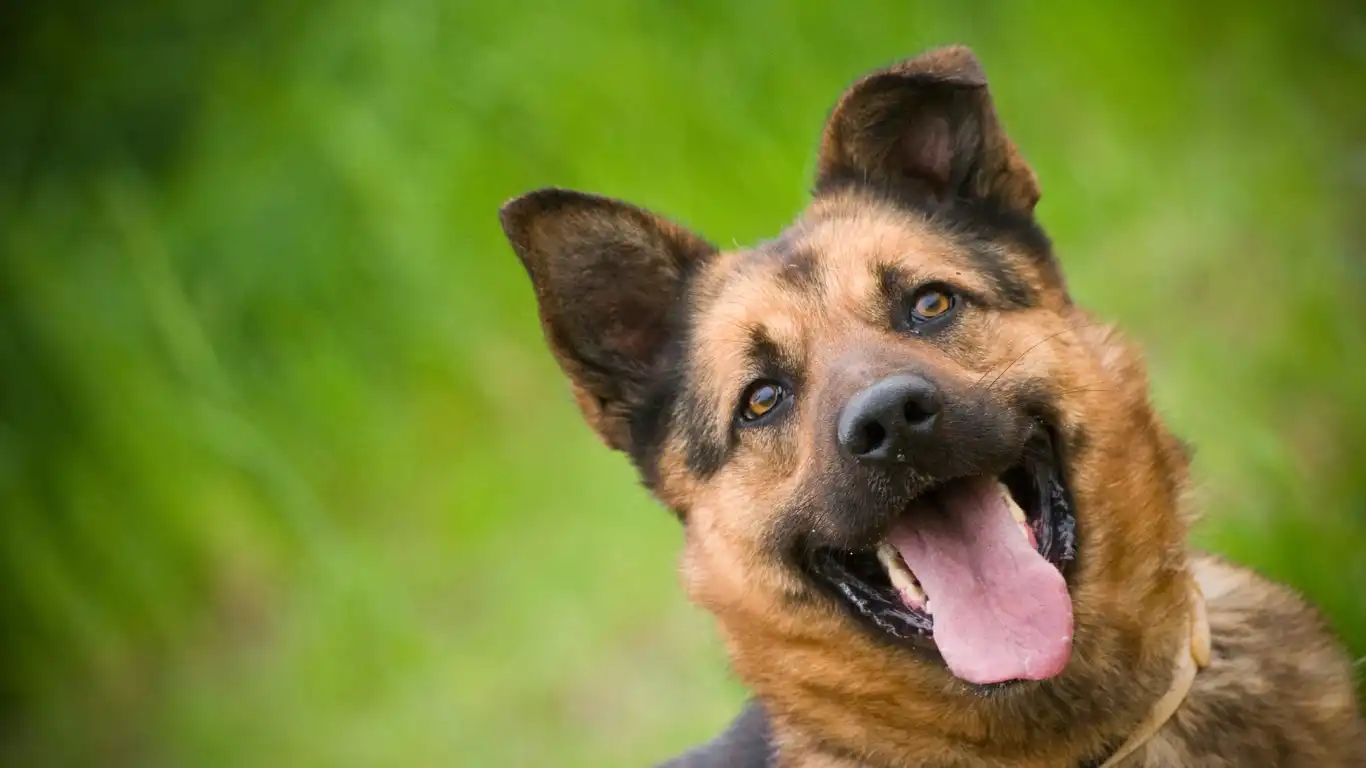
Once you’ve nailed the basics of how to create a daily exercise routine for a dog, it’s time to shake things up a bit. Trust me, just like we’d get bored walking the same block every single day, your dog craves a bit of novelty too. Adding variety not only keeps your pup mentally stimulated, but it also works different muscle groups and helps avoid repetitive strain or overuse injuries.
I always tell clients: don’t be afraid to get creative. When I used to rotate through different clinics, I noticed the happiest, healthiest dogs were the ones whose owners made exercise a little adventure. Think hiking trails on weekends, beach walks, agility courses, or even just switching parks once in a while.
Fun Ideas to Rotate Into the Week:
- Fetch sessions – great for high-energy breeds like Labs or Retrievers.
- Swimming – low-impact, perfect for dogs with joint sensitivity or arthritis.
- Canine obstacle courses – even homemade backyard setups work.
- Sniff walks – slow-paced, nose-led walks where your dog explores scents. I call them “sniffaris.”
- Doggy playdates – social dogs love the energy burn from playing with others.
One of my favorite patients, a feisty little terrier named Luna, used to get bored easily. Her owner started building little scavenger hunts in the backyard with hidden treats and scent cues. That dog lit up like a Christmas tree every time. So simple, yet so enriching!
Working Around a Busy Schedule

Okay, let’s be real for a second—we’re all juggling a million things. Between work, errands, family, and the general chaos of life, carving out time every day can feel like a stretch. But here’s the thing: building an exercise routine doesn’t have to be all or nothing. It just has to be consistent.
Here’s how I’ve seen busy pet parents make it work (and honestly, I use these same tricks myself):
Tips for Time-Strapped Schedules:
- Break it up – 10 minutes in the morning, 15 minutes after dinner. Easy wins.
- Combine activities – walk your dog while catching up on podcasts or calls.
- Use dog walkers – a reliable walker or sitter can fill in the gaps when you’re tied up.
- Interactive toys – for solo play when you’re at work. I love puzzle feeders or treat balls.
- Involve the whole family – assign different times to kids or partners. Shared responsibility builds bonding too.
One of my clients—a nurse working long shifts—set up a dog walker twice a week and used snuffle mats on her days off. Her pup, an energetic Aussie mix, still thrived. It’s all about getting creative with what’s doable, not perfect.
Recognizing Overexertion: When to Pull Back
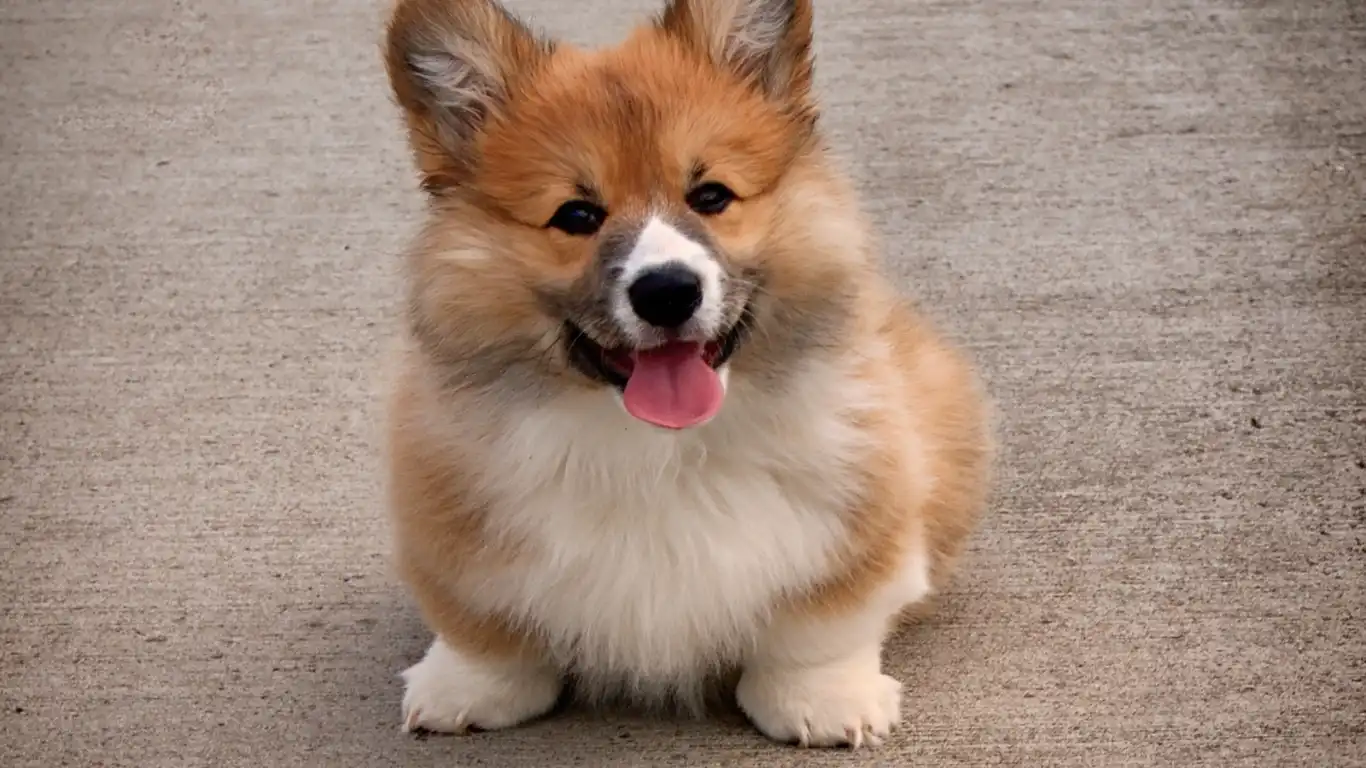
Now here’s something I really emphasize, especially to new dog parents: more isn’t always better. Just like us, dogs need recovery time. Overdoing it—especially with puppies, seniors, or dogs with underlying issues—can backfire big time. I’ve seen dogs develop sore joints, cracked paw pads, and even behavioral regressions when their exercise plan pushed them too far.
Signs Your Dog Might Be Overdoing It:
- Limping or stiffness after activity
- Panting heavily even long after exercise ends
- Hesitation to go on walks when they usually love them
- Sudden changes in behavior like irritability or hiding
- Excessive licking of joints or paws
One elderly shepherd I worked with—a sweetheart named Rosie—loved to play, but her arthritis flared up every time she got too excited on hikes. We scaled her back to slow forest walks and gentle swimming twice a week, and her pain levels dropped dramatically. The goal isn’t exhaustion—it’s balanced, sustainable activity.
Making It a Habit (That Actually Sticks)
Let’s face it: starting a new routine is one thing. Keeping it going long-term is another beast entirely. But the good news? Dogs are creatures of habit, and once you get into the groove, it honestly becomes second nature—for both of you. The trick is to anchor it to something that already happens daily. Walk after your morning coffee? Perfect. Fetch right after dinner? Love it. It doesn’t have to be complicated to be effective.
I also suggest keeping a simple tracker for the first couple of weeks. It could be a note on your phone or an old-school calendar. Seeing those little checkmarks adds a surprising amount of motivation. Plus, if you ever need to report changes to your vet, it’s gold to have a record of activity patterns.
What to Track:
- Duration of walks or play
- Type of activity (walk, fetch, sniffari, etc.)
- Energy level after (tired, restless, normal)
- Any unusual signs (limping, fatigue, refusal to play)
I’ve even had a few tech-savvy clients use fitness trackers made for dogs. Yep, those exist. They monitor steps, rest, and even heart rate. Pretty neat, especially for pups on weight-loss plans or post-op recovery.
Incorporating Rest and Recovery into Your Dog’s Routine

We’ve talked a lot about how to build a solid, balanced routine for your dog, but there’s another piece of the puzzle that can’t be ignored: rest and recovery. Just like us, dogs need proper downtime between exercise sessions to allow their muscles, joints, and bodies to repair and regenerate. In fact, rest is just as important as the activity itself. Overworking a dog without giving them the necessary recovery time can lead to injury, exhaustion, or even burnout.
Personally, I’ve worked with so many dogs where a few rest days in between workouts made a huge difference in their overall health. It’s easy to get caught up in the excitement of seeing your dog enjoy their exercise sessions, but remember, if they’re not resting enough, they won’t be able to keep that energy up long-term.
How Much Rest is Enough?
- Puppies: Their energy is endless, but their bodies are still growing. A couple of days of rest between more intense activities will prevent them from overexerting themselves.
- Adults: Generally speaking, most healthy adult dogs need at least one full day of rest per week, especially after intense exercise or play.
- Seniors: Older dogs benefit from more frequent rest days. You’ll want to scale down the intensity and frequency of their activity, but aim for shorter, gentler walks that don’t strain their joints.
I’ve seen senior dogs who thrive on consistent, low-impact exercise like gentle strolls in the park and swimming. Regular, lighter sessions actually help keep their muscles toned, improve circulation, and support their overall mobility.
Recognizing When to Adjust Your Dog’s Exercise Plan
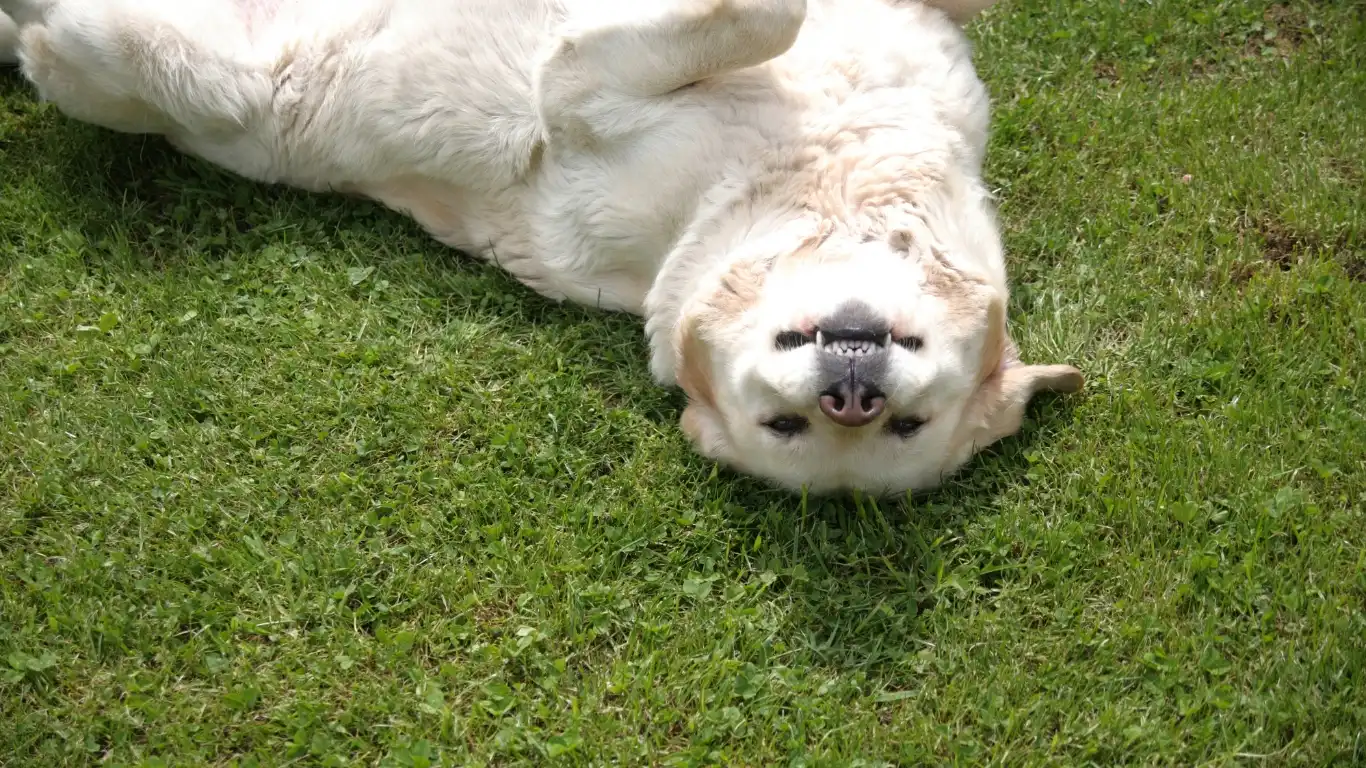
As much as consistency is key to a good exercise routine, flexibility is just as important. Your dog’s needs will evolve over time, and it’s essential to adjust their activity levels to match their changing health status, age, and energy levels. This is something I always tell pet parents: don’t be afraid to tweak the plan as you go.
For instance, if your dog gets injured or seems to be struggling with a certain type of exercise, don’t push through it. Consult with your vet to see if there’s a medical reason behind it. Some signs that you might need to adjust the routine include:
- Signs of pain: Limping, stiffness, or reluctance to move are red flags that your dog might need a rest day or a change in their routine.
- Sudden lethargy: If your normally energetic dog suddenly becomes sluggish or disinterested in their usual activities, it’s time to take a step back and reevaluate.
- Behavioral changes: Sometimes dogs will become irritable or more anxious if their routine is too demanding. Always check in with your dog to see how they’re feeling.
It’s not uncommon for pet owners to push too hard during training or even after surgery recovery. I’ve seen dogs who were just a little too overexerted, especially after surgeries like ACL repairs or hip replacement procedures. Gradual increases in activity, paired with proper vet guidance, allow for a smooth and safe return to fitness.
How to Keep Your Dog Motivated and Engaged
If you’ve managed to stick with a daily routine so far—great job! But, let’s face it, some days your dog just might not be in the mood for their walk or play session. Motivation can sometimes be a tricky thing, especially when it comes to picky eaters, older dogs, or low-energy pups.
One of the best pieces of advice I can offer here is to make the exercise part of something your dog absolutely loves. For example, use their favorite toy or treat as a motivator. You can even mix in some training sessions along with exercise. I’ve seen great success with combining obedience training, like “sit” or “stay,” with short bursts of play or fetch. The extra mental challenge can keep your dog excited about their daily activity.
Other Motivation Boosters:
- Incorporate positive reinforcement: Give your dog treats, praise, or extra playtime after a successful session.
- Vary the routine: A dog who is bored with the same walk route might perk up at a new trail or different park.
- Interactive play: Playtime doesn’t have to be all about running. A game of hide-and-seek or tug-of-war can be just as rewarding.
- Socializing with other dogs: Dogs are social creatures. If your dog enjoys playing with other dogs, try organizing playdates with friends’ pets to spice things up.
I’ve worked with so many dogs that were initially hard to motivate but became more energized once we figured out what clicked for them. Some love chasing a tennis ball, while others prefer sniffing around in the grass. It’s all about knowing your dog and building their activity to match what excites them.
References
For more information on dog care and exercise, you can refer to trusted resources like AKC, PetMD, and NIH. These sources offer credible, research-backed advice on dog wellness and fitness.
Disclaimer
It’s always a good idea to consult with your veterinarian before starting a new exercise routine for your dog, especially if they have pre-existing health conditions. This article is intended to provide general information based on my personal experience and should not replace professional veterinary advice.

